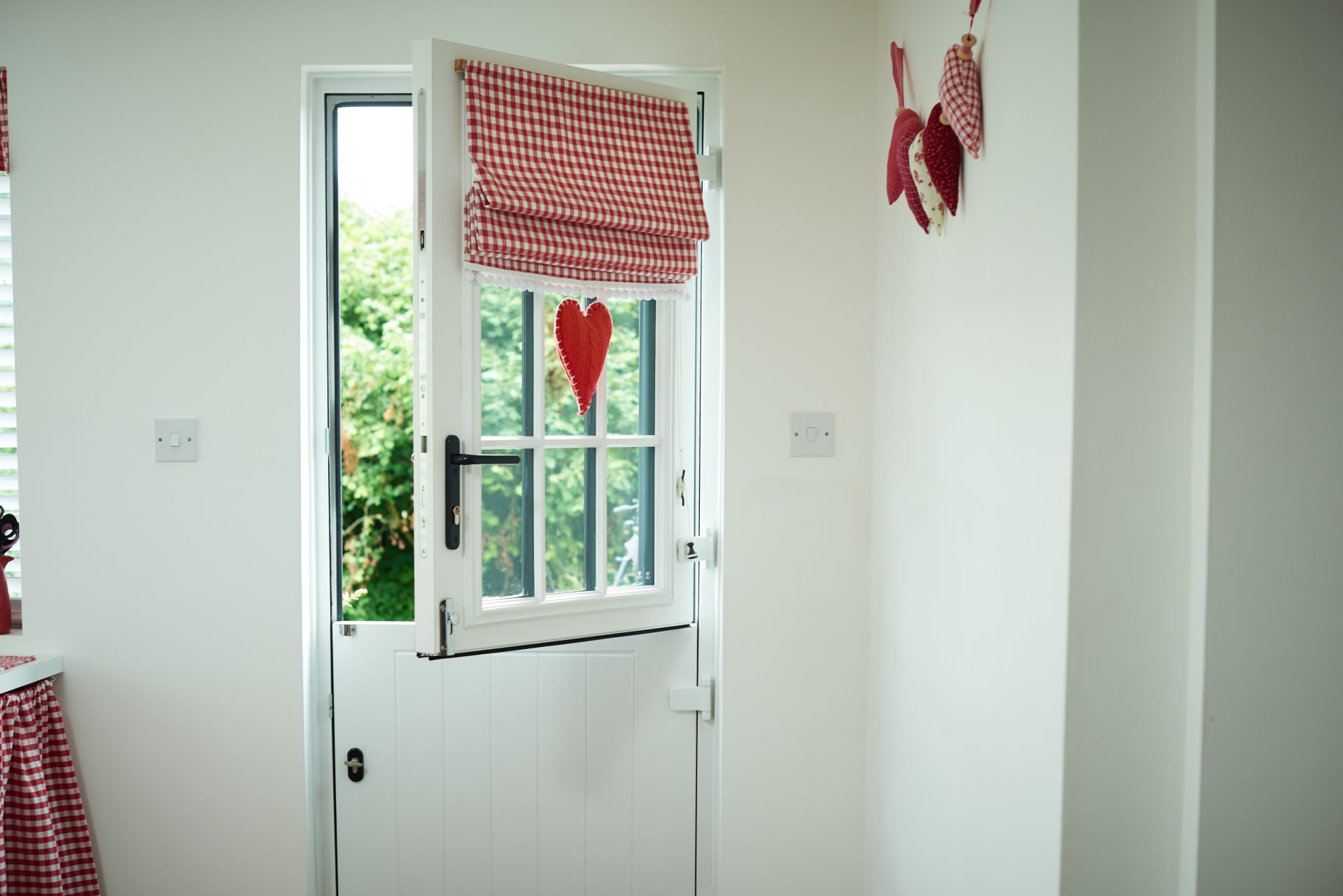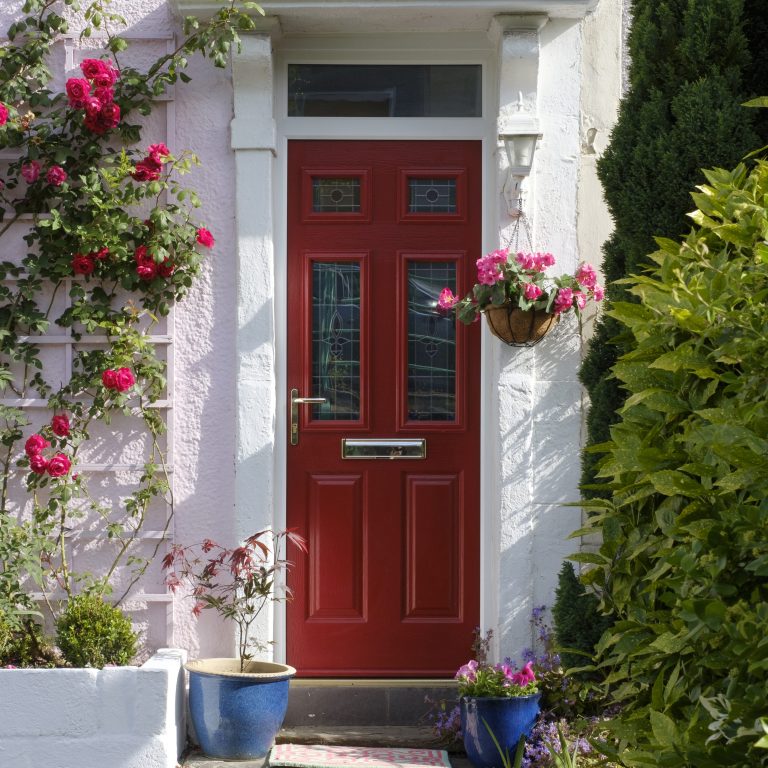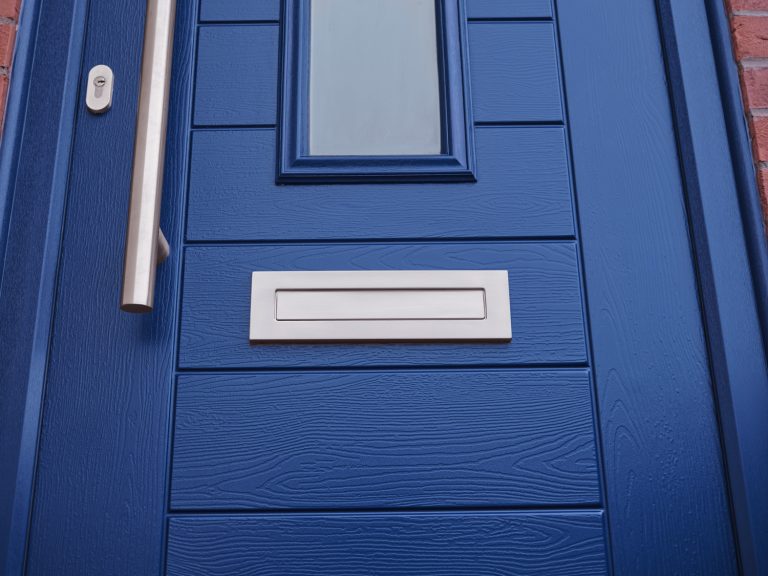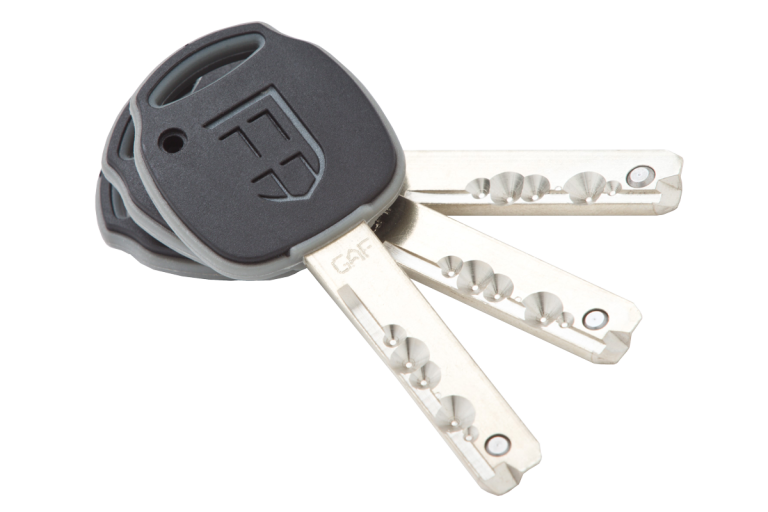Your front door is more than an entrance. It’s a statement of style, a layer of protection, and a barrier that keeps your home cosy and comfortable.
When the time comes to choose a new door, there are three materials that usually stand out: composite, uPVC and wood.
At Endurance Doors, we’re often asked what sets these materials apart. Also, more importantly, what is the best investment for long-term performance? Join us as we explore the differences between the three, so you can make the right choice for your home.

Composite Doors
The composite door is a modern innovation designed to overcome the flaws of traditional door materials. Made by combining high-performing components: a solid timber core and a durable PVC skin.
The multi-layered design of Endurance Doors, 15 layers of engineered timber to be exact, delivers the perfect blend of strength, security and thermal efficiency. Our solid timber core is 10% thicker than most alternatives
uPVC Doors
uPVC (unplasticised polyvinyl chloride) doors have long been a popular choice, especially for homeowners seeking a low-cost, low-maintenance solution. They’re lightweight and easy to clean.
However, their downside is that they tend to have a foam-filled or hollow core. This makes them less robust than composite options. And, while they might offer decent insulation and weather resistance, they can become discoloured or warped over time, particularly when exposed to sunlight or extreme temperatures.

Wooden Doors
Timber doors have been valued over the years for their natural warmth and classic aesthetic. They offer a traditional appearance that complements country homes and period properties nicely.
They do, however, require regular upkeep like painting and varnishing, to prevent warping, swelling and rotting. Their natural construction also makes them more vulnerable to weather-related issues.









